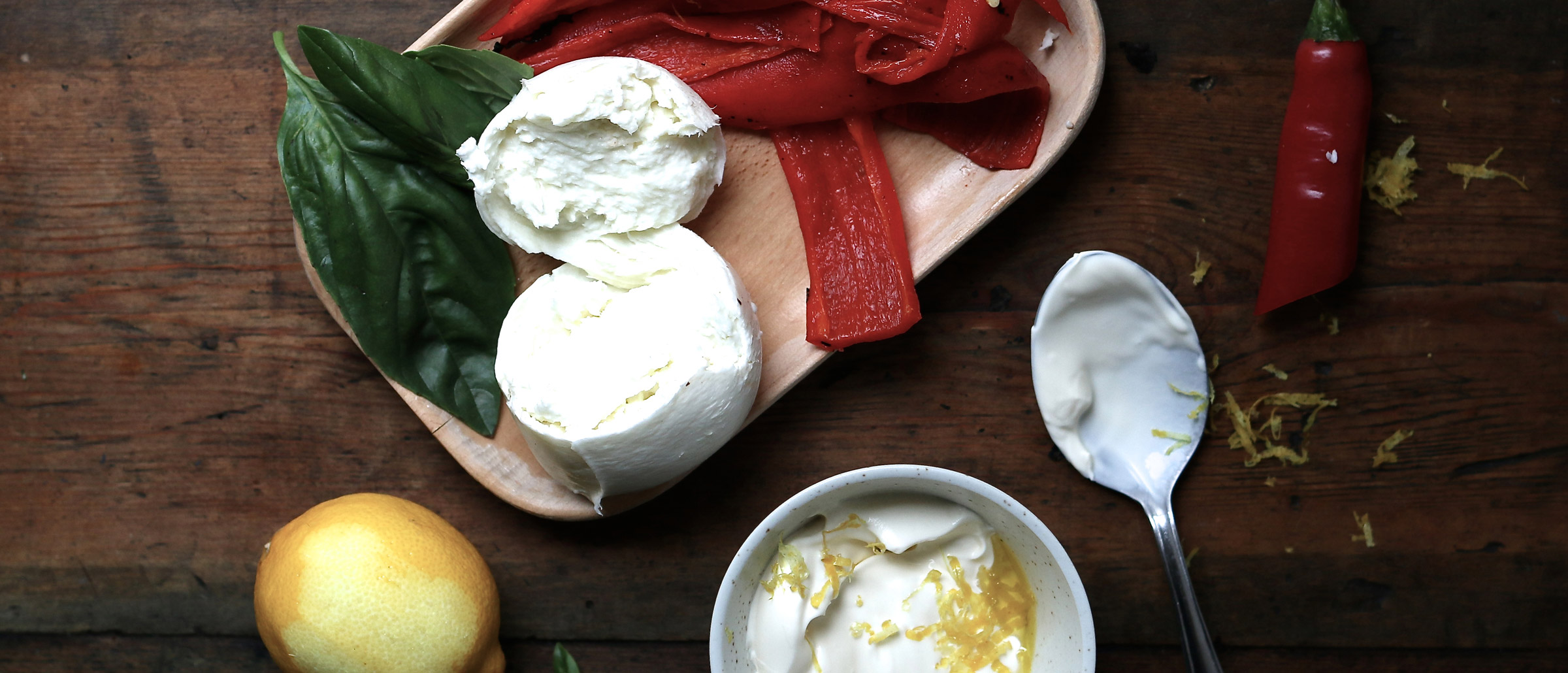Komorebi: Dripping Sunlight

- Words by
- David Whitworth
- Images by
- David Whitworth
If I could pick a new word to add to the English language I’d take the Japanese word ‘Komorebi’ any day . Handy for plant romantics, it refers to that magic moment of sunshine filtered through leaves. I think a Japanese friend of mine explained it best, translating it even more romantically as ‘dripping sunlight!’

Semantics is a tricky business, and the single word, derived from several characters meaning ‘tree’, ‘escape’ and ‘light’ or ‘sun’ can also refer to a curtain of light visible after rain, or even lovelier, as the play between foliage and light as observed in delicate shadows playing on the ground.
The words we use offer insight into our thoughts, and to me ‘komorebi’ partly illuminates the thinking behind plant selection in Japanese gardens. Firstly, the extensive use of maples, loved for their striking seasonal colours, but appreciated in this context for the cellophane-like translucency of the leaves, which render gardens in cool, calming green light in spring and summer.
The word also offers an insight into the extensive use of moss, acting as both carpet and mirror, reflecting, capturing, and multiplying the effect of the filtered light that makes it through the canopy , creating an experience of being enveloped in a green room comprised almost solely of vegetation.
The power of this relationship is evident in some of the entrances to individual temples within the stunning Daitoku-ji temple complex in Kyoto. Particularly the entrance to Koto-in, a sub temple within the complex famed for its maples.
It’s a reminder of the power of gardening – that a place can be so affecting with so few species, and so few colours, using the potent language of gardens; temporal, ephemeral, and the seemingly simple relationship between light and leaves, to move you.








